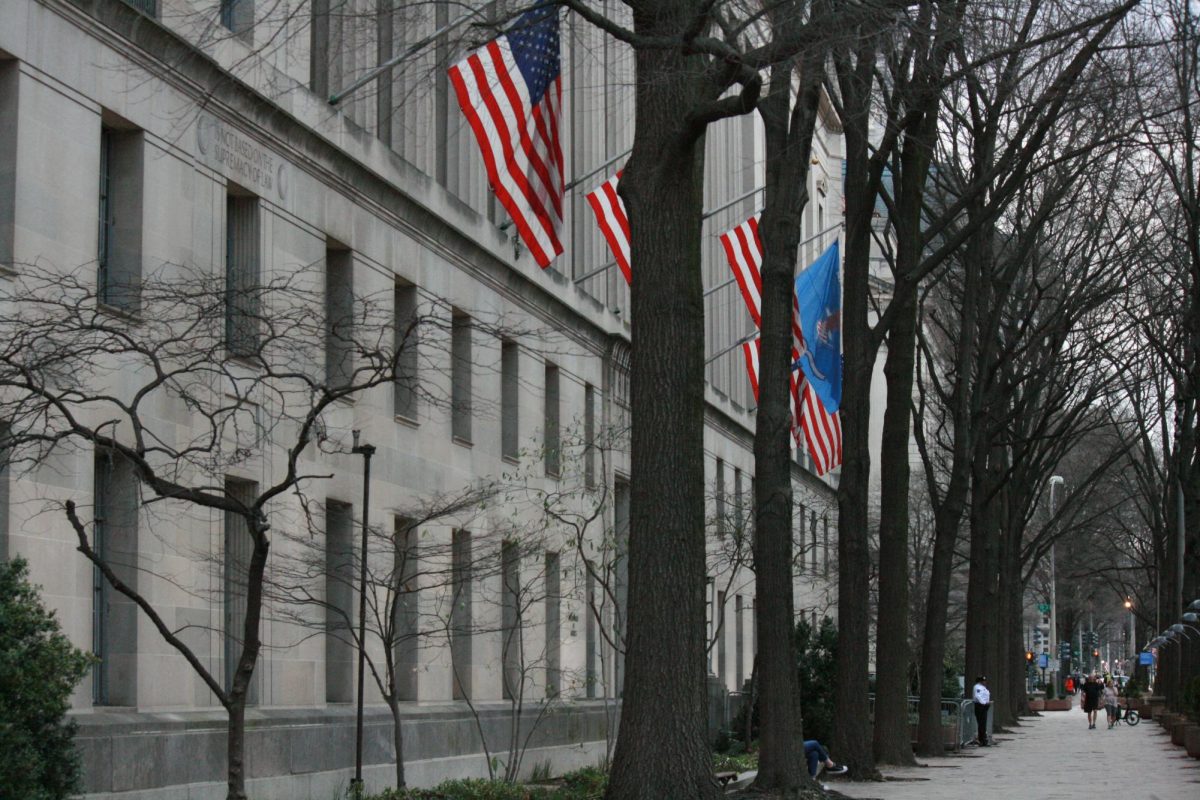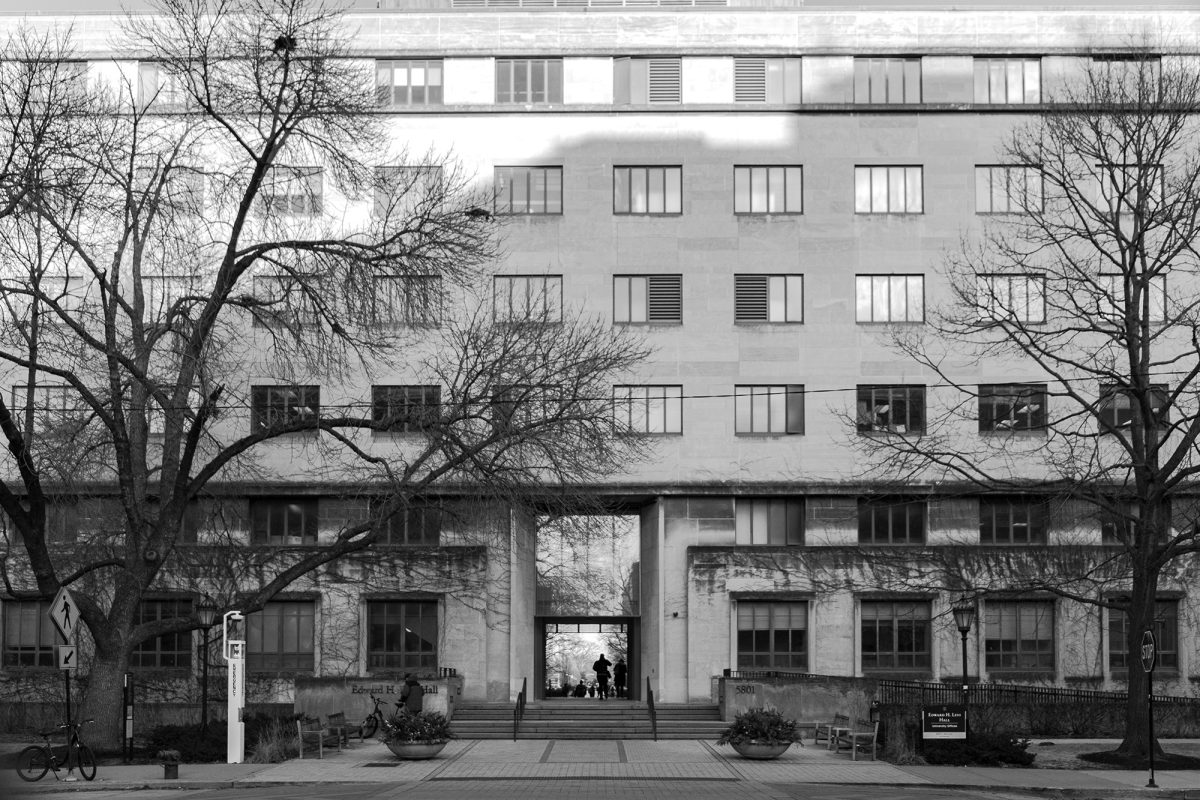As the Maroon reported Tuesday, the College received a record number of applications this year, up 16.1 percent from last year. Recent efforts to attract more applicants have largely accounted for this laudable change, and the University has steadily been closing the admissions gap with peer institutions. However, the yield rate—measuring those who actually matriculate—lags behind. This indicates that more applications are coming from students not seriously interested in attending. The easiest and most realistic solution to this problem is to replace Early Action with Early Decision.
Dean of Admissions and Financial Aid James Nondorf has done much to improve the school’s ranking and name recognition. While this has solved long-standing problems, attracting top applicants has never been a weak point. Applications coming from unqualified or disinterested students do nothing to increase the yield rate, which is what the University should turn its efforts toward. Our yield rate has been extremely low compared to other top schools: For the Class of 2012, the yield rate was 39 percent—the same as it was for the Class of 2014. The key to increasing this real indicator of “popularity” is weeding out early applicants who apply because the application is non-binding.
Now that we have name recognition and students have gotten the message that we aren’t where fun goes to die, it would be easy to use Early Decision as a barrier against students who apply to Ivy League schools with the U of C as an afterthought because there is no commitment involved. It would also reduce the number of under-qualified students, but would not scare away those who have U of C as their top “reach” school.
Of course, a criticism of this plan could be that it will drive down early application numbers. However, those applicants accepted Early Decision would provide a 100 percent yield, ensuring that overall yield would increase as well. Since a large portion of the class would have already committed to attend, the University would only need to accept a smaller number of regular decision applicants. Additionally, the guesswork involved in predicting an Early Action yield would be eliminated.
Another method to increase the yield rate could be expanding the current supplement to the Common App. Increasing the amount of effort one would need to apply to the U of C would discourage those who don’t have a genuine desire to attend. However, unlike switching to Early Decision, this would dissuade people from applying in general. In the end, whether by opting for Early Decision or working harder on their supplements, applicants should somehow be made to go the extra mile to show their interest and dedication to attend the U of C.
The Editorial Board consists of the Editor-in-Chief, Viewpoints Editors, and an additional Editorial Board member.







